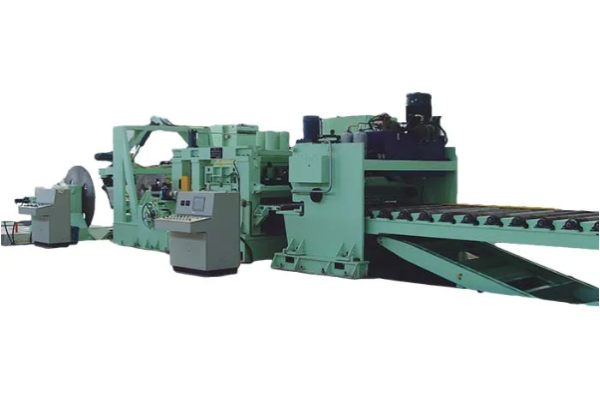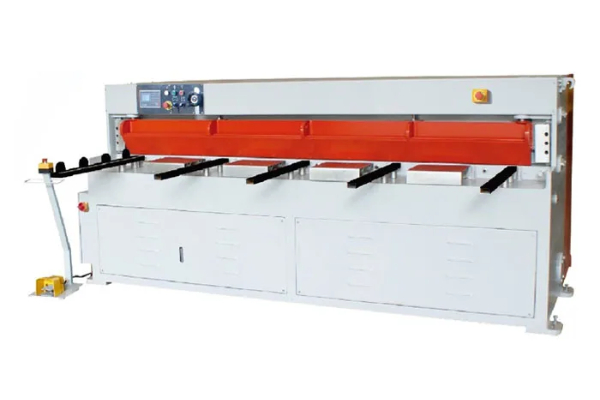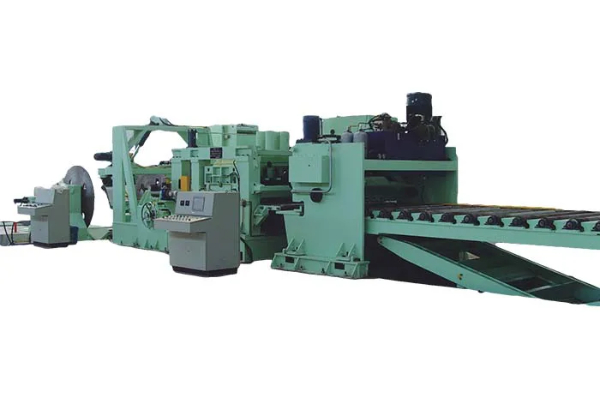
Choosing the Right Plasma Nozzle Electrode for Your Application
- By:Metmac
- 2024-08-27
- 165
In plasma cutting, the nozzle electrode plays a crucial role in shaping the plasma arc and ensuring efficient and precise cuts. Selecting the right plasma nozzle electrode for your specific application is essential to optimize performance, reduce costs, and improve overall productivity.
Nozzle Electrode Materials
The material used for the nozzle electrode determines its durability, electrical conductivity, and arc stability. Common materials include:
– Copper: Provides high electrical conductivity and a long life span, making it suitable for general-purpose applications.
– Hafnium: Offers exceptional heat resistance and stability, ideal for cutting thick or difficult-to-cut materials.
– Zirconium: Combines high electrical conductivity with good heat resistance, making it suitable for a wide range of applications.
Nozzle Electrode Sizes
The size of the nozzle electrode refers to its orifice diameter, which influences the plasma arc’s shape and cutting speed. Larger orifices produce a wider arc, resulting in faster cutting but lower accuracy. Smaller orifices, on the other hand, provide a more focused arc for greater precision and detail but at a slower cutting rate.
Nozzle Electrode Types
Nozzle electrodes come in various types, each designed for specific applications:
– Standard nozzle: A straight electrode with a single orifice, suitable for general-purpose cutting.
– Extended nozzle: A longer electrode that extends past the shield cap, providing better access to hard-to-reach areas.
– Conical nozzle: A nozzle with a tapered orifice, which concentrates the plasma for greater piercing power.
– Reverse flow nozzle: A nozzle with a venturi-shaped orifice that draws gas from the shield cap, creating a reverse flow to protect the electrode.
Electrode Profile and Geometry
The electrode profile and geometry affect the arc characteristics and cut quality. Common profiles include:
– Pointed electrode: Produces a narrow, concentrated arc for precise cuts.
– Flat electrode: Creates a wider, more stable arc for faster cutting.
– Grooved electrode: Features grooves that help swirl the plasma arc, improving cut quality and stability.
Application-Specific Considerations
The choice of plasma nozzle electrode should align with the specific application. Factors to consider include:
– Material type: Different materials require specific electrode materials and orifice sizes.
– Thickness: Thicker materials demand larger orifices and more durable electrodes.
– Cut quality: High-precision cuts require pointed electrodes and smaller orifices.
– Cutting speed: Larger orifices and flat electrodes enable faster cutting.
– Cost: The cost of the electrode should be balanced against its performance and durability.
By carefully considering these factors and consulting with experienced professionals, you can select the right plasma nozzle electrode for your application, ensuring optimal performance, cost-effectiveness, and cut quality.
-
Advanced Sheet Metal Rolling, Cutting, and Folding Machines for Efficient Fabrication
2025/10/22 -
High-Precision Sheet Metal Bending and Cutting Solutions for Modern Manufacturing
2025/10/22 -
High-Precision Solutions from Leading Sheet Metal Cutting Machine Manufacturers
2025/09/11 -
Reliable Sheet Metal Equipment for Sale to Support Precision Fabrication
2025/07/17
-
Advanced Sheet Metal Rolling, Laser Cutting, and Folding Machines for Precision Fabrication
2025/10/31 -
High-Performance Sheet Metal Bending and Cutting Machines for Modern Fabrication
2025/10/31 -
High-Quality Sheet Metal Equipment for Sale: Efficient Solutions for Modern Manufacturing
2025/10/31 -
High-Performance Sheet Metal Equipment for Sale: Forming and Shearing Solutions for Modern Fabrication
2025/10/22
-
Integrating Automation with Rectangular Duct Machines for Enhanced Productivity
2024/05/11 -
Metal Shear Machines- Essential Tools for Precision Metal Cutting
2024/05/11 -
Understanding the Role and Function of Steel Strip Slitting Machines
2024/05/11 -
Maintenance Tips for Longevity of HVAC Duct Machines
2024/05/11
-
A Guide to the Latest Innovations in Sheet Metal Folding Machines
2024/11/29 -
Key Features to Consider When Investing in a Sheet Metal Folding Machine
2024/11/28 -
Enhancing Precision with Advanced Sheet Metal Folding Machines
2024/11/27 -
How to Choose the Right Sheet Metal Folding Machine for Your Workshop
2024/11/26






